Preparedness Tips
-
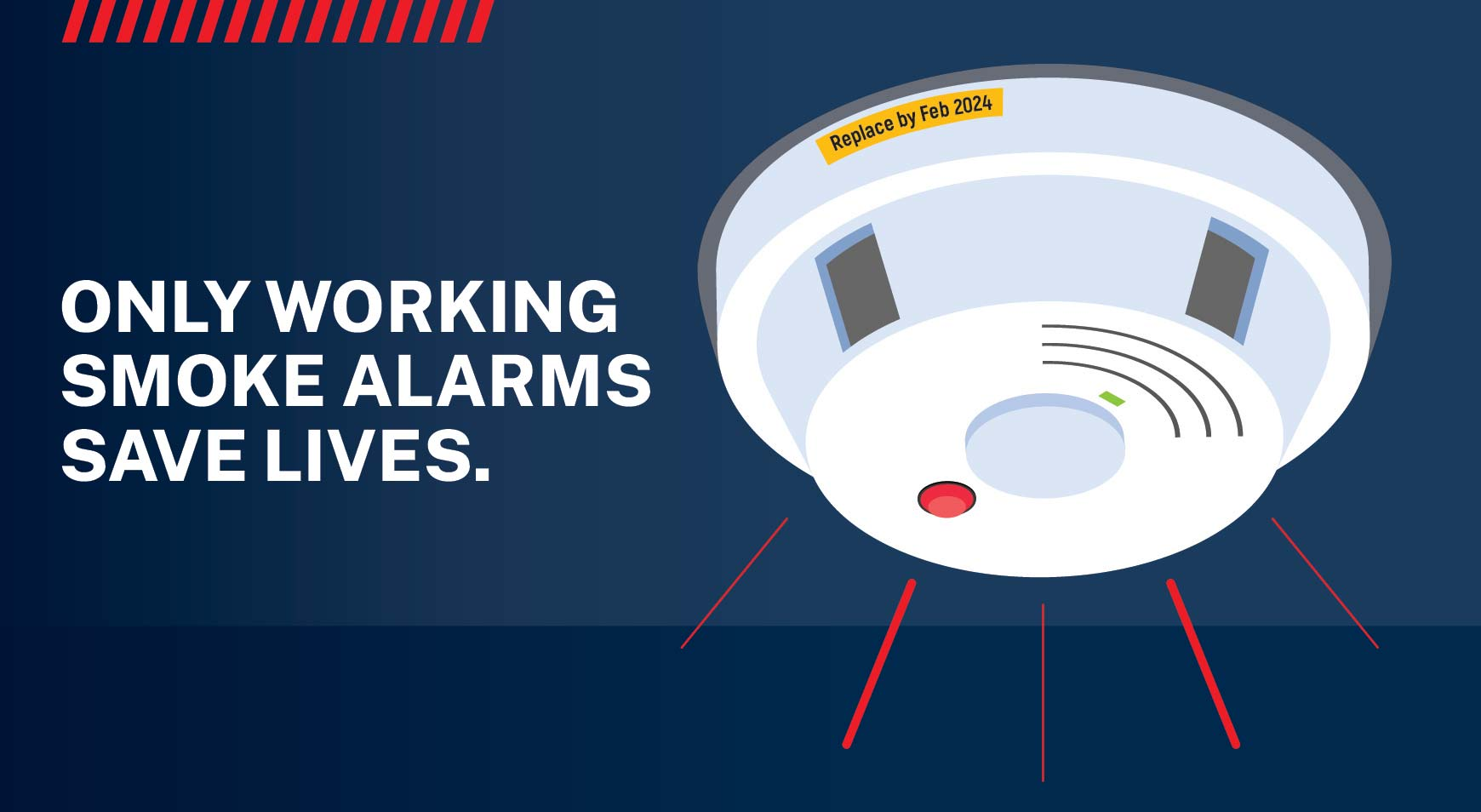
Install smoke detectors in every sleeping room, outside each separate sleeping area, and on every level of your home, including the basement.
Remember to change the batteries every 6 months.
-
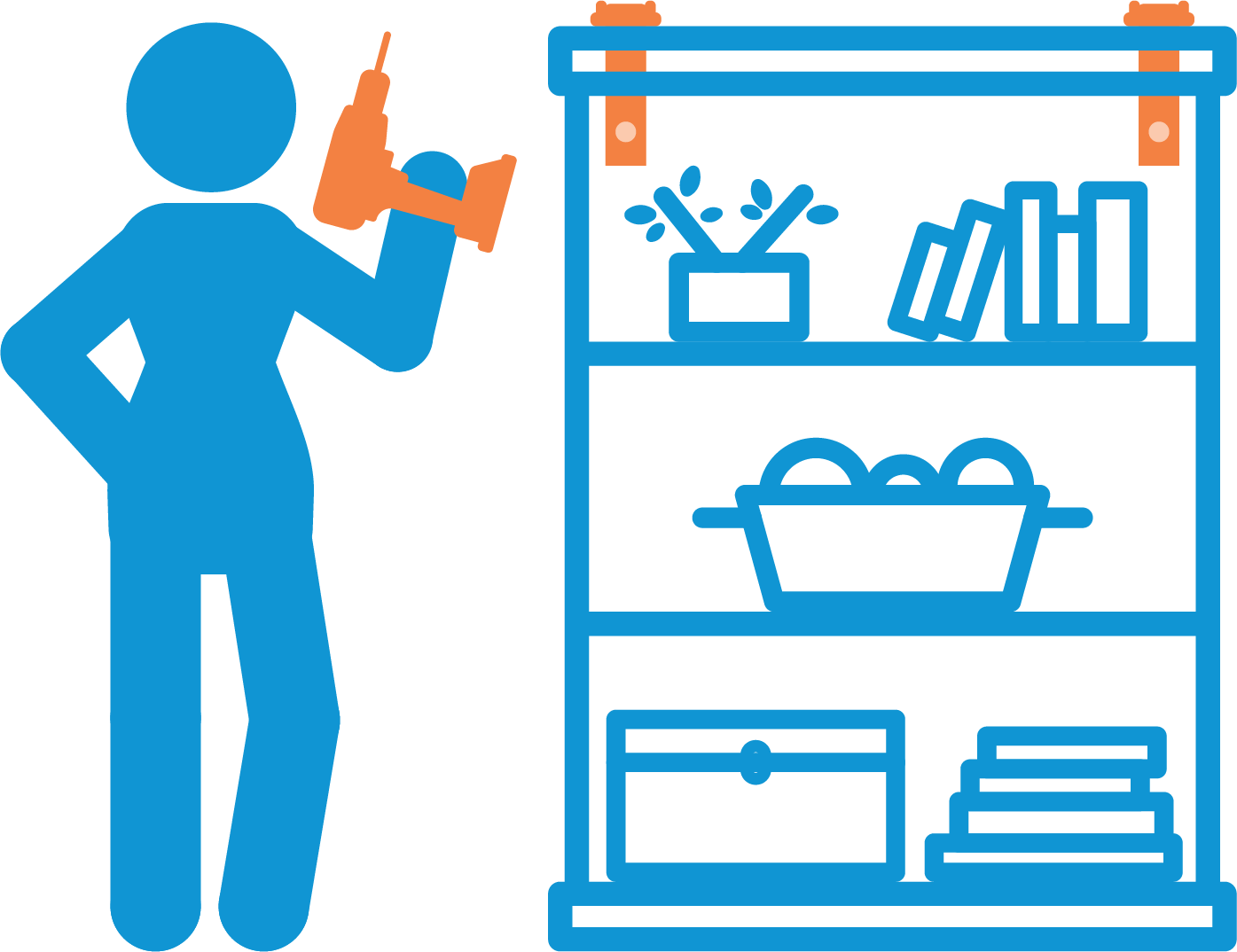
Secure large shelves, file cabinets, and heavy wall hangings to the wall to prevent them from falling and blocking exits or causing injury or property damage.
-
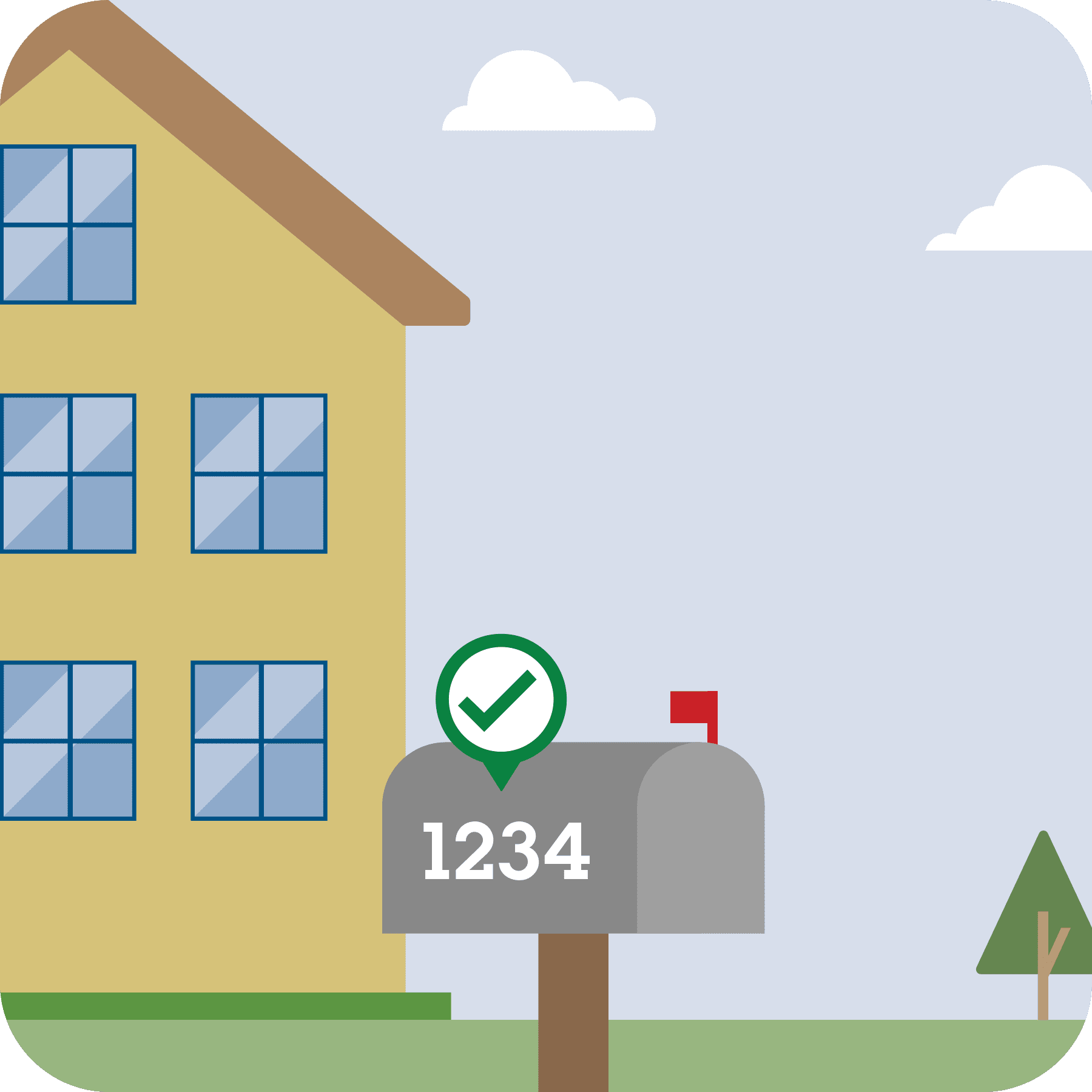
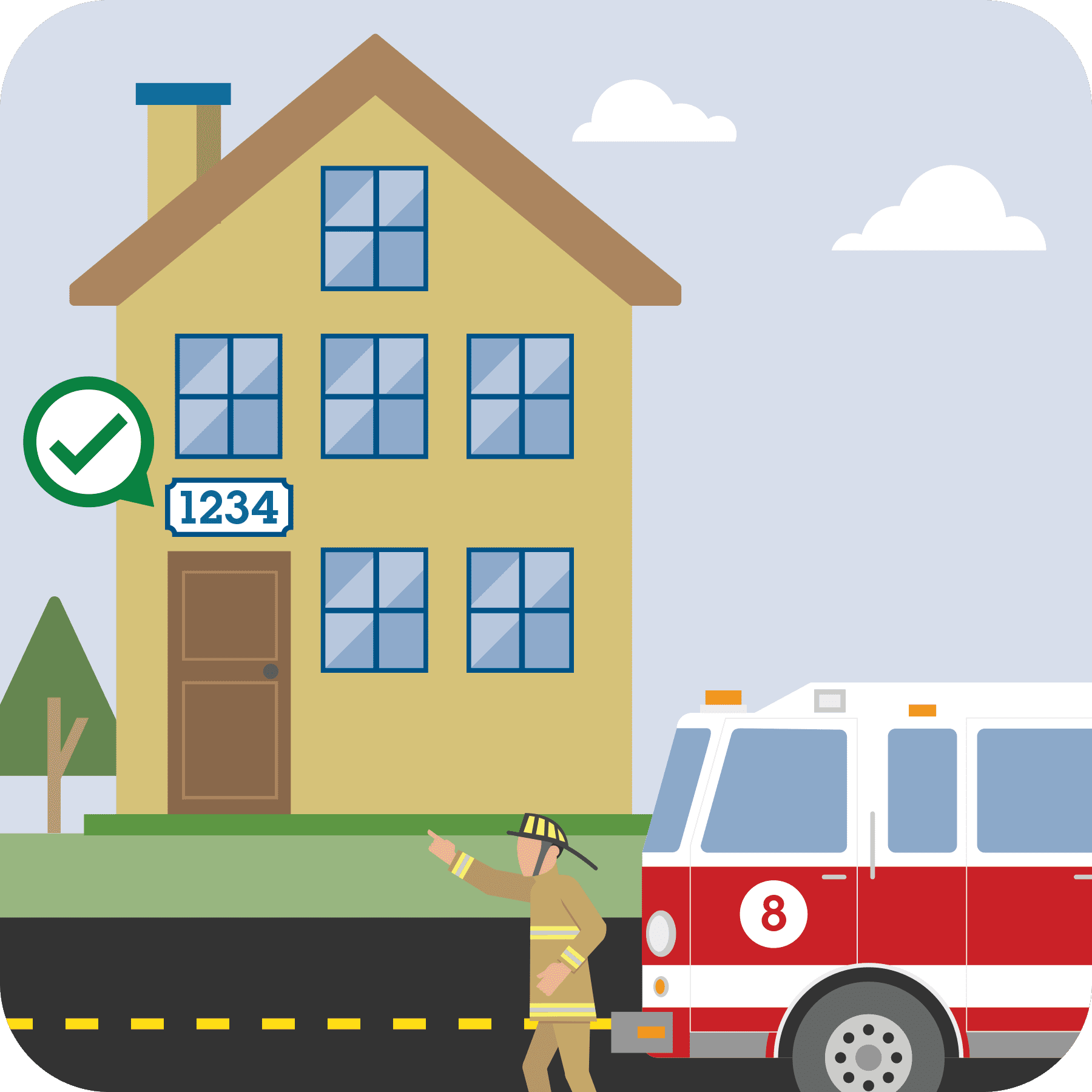
Be sure that your home number is visible from the street so that first responders can easily locate you.
-
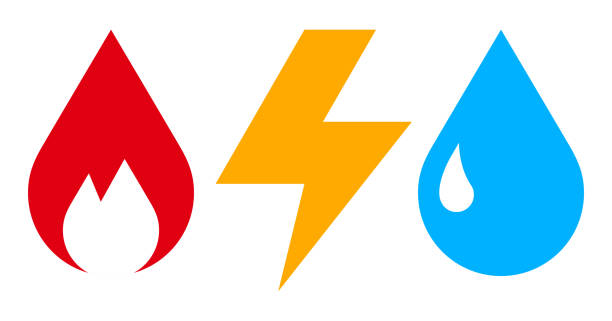
Know how and when to switch off your utilities, including gas, electric, and water.
-
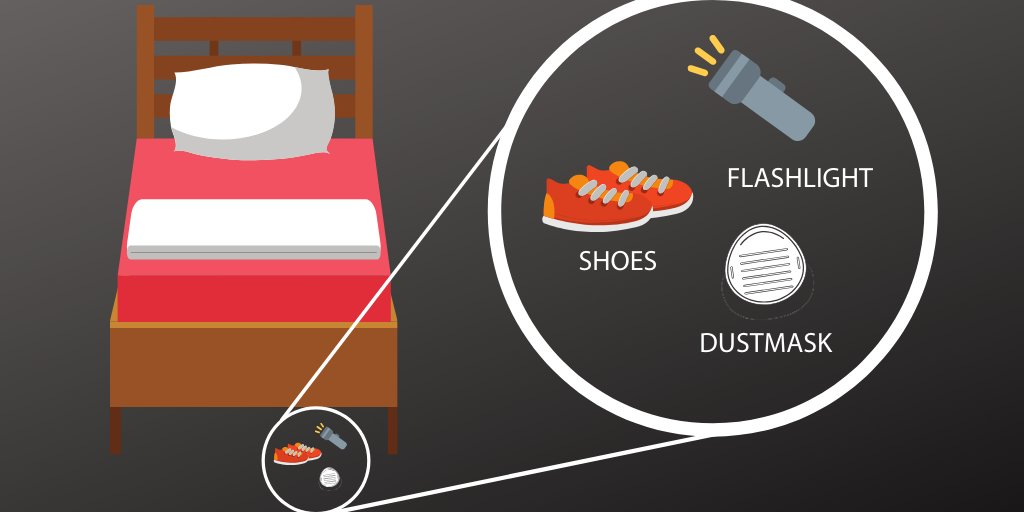
Keep a flashlight, shoes, and dust mask under your bed in case of an emergency. A flashlight can help you at night or in the case of a power outage, shoes can prevent injury from broken glass, and a dust mask can prevent inhalation of smoke or other foreign particles.
-
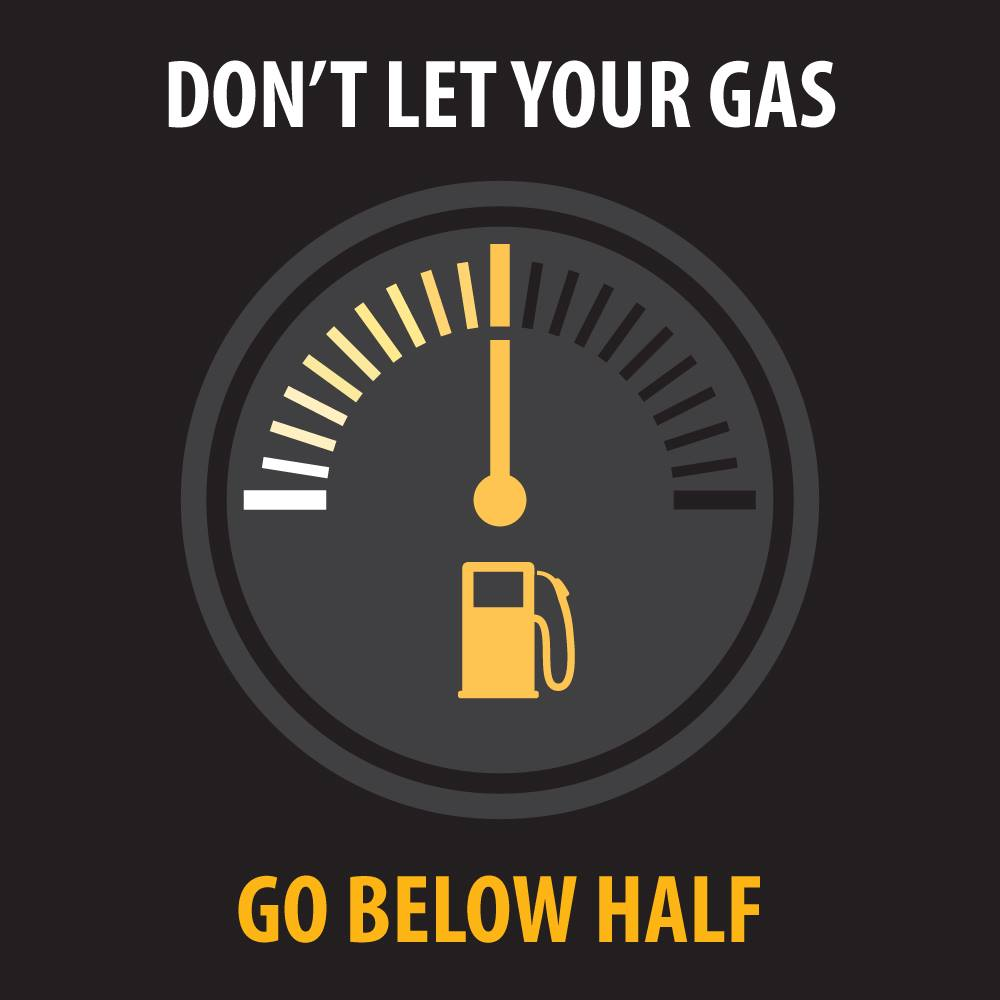
Always keep your gas tank or electric vehicle charge above half full. If evacuation becomes necessary, a half-full tank will ensure you have enough fuel to leave the area.
-
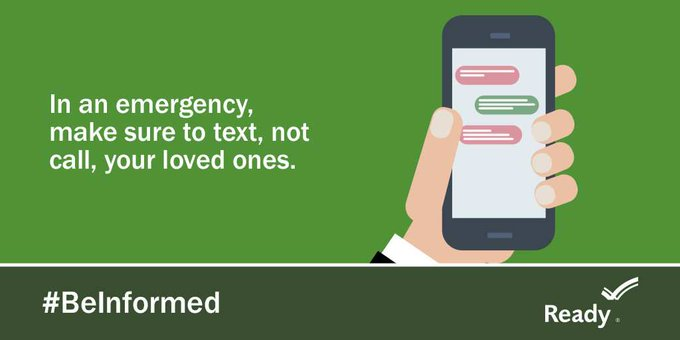
Avoid making non-urgent phone calls after an emergency. Send text messages to loved ones, when possible, to avoid clogging phone lines. Consider posting on social media or setting a voicemail message notifying loved ones that you are safe.
